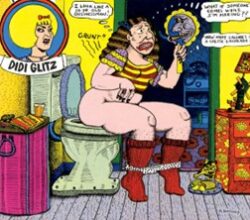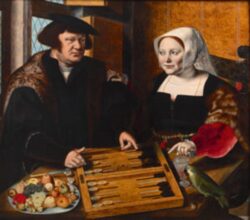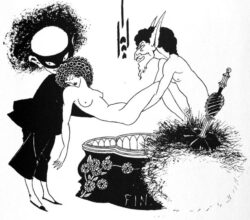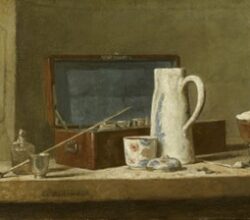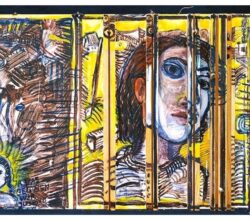
Ukraine’s Modernist art has defied censorship and missiles
Staff | The Economist | 1st December 2022
The battle over Ukrainian identity is long. European modernism put down early roots in the Ukraine, where radical art was fused with local folk and decorative arts. Much of that output was confiscated by the Soviets and the artists declared public enemies. Recently, even as missiles flew overhead, many of those same works were secretly trucked from Kyiv to Madrid for exhibition and safekeeping. Says a curator “If we do not preserve Ukrainian culture, we will not preserve Ukraine.” Images are here.


